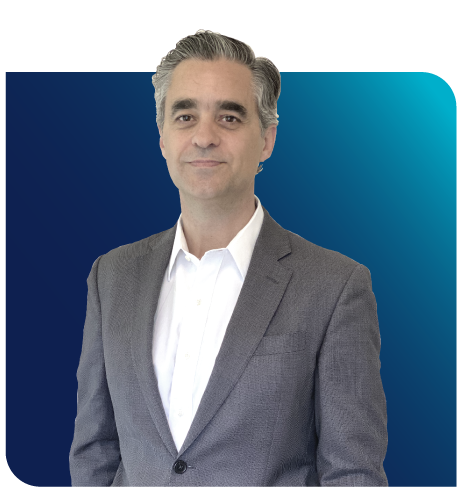- Video Library
- Enrique Vega, Azalea Vision - Healthtech for Vision Disorders | LSI Europe '22
Enrique Vega, Azalea Vision - Healthtech for Vision Disorders | LSI Europe '22

Enrique Vega
Enrique, from Spain, has extensive experience in managing medical device ventures and teams in the fields of sleep apnea, cardiology, heart failure and neuromodulation. His experience leading start-ups through value-added milestones and successful financial rounds, gives the necessary support to Azalea Vision to success in the journey from development to clinical outcomes and sales growth.
Enrique Vega
Enrique, from Spain, has extensive experience in managing medical device ventures and teams in the fields of sleep apnea, cardiology, heart failure and neuromodulation. His experience leading start-ups through value-added milestones and successful financial rounds, gives the necessary support to Azalea Vision to success in the journey from development to clinical outcomes and sales growth.

17011 Beach Blvd, Suite 500 Huntington Beach, CA 92647
714-847-3540© 2025 Life Science Intelligence, Inc., All Rights Reserved. | Privacy Policy







